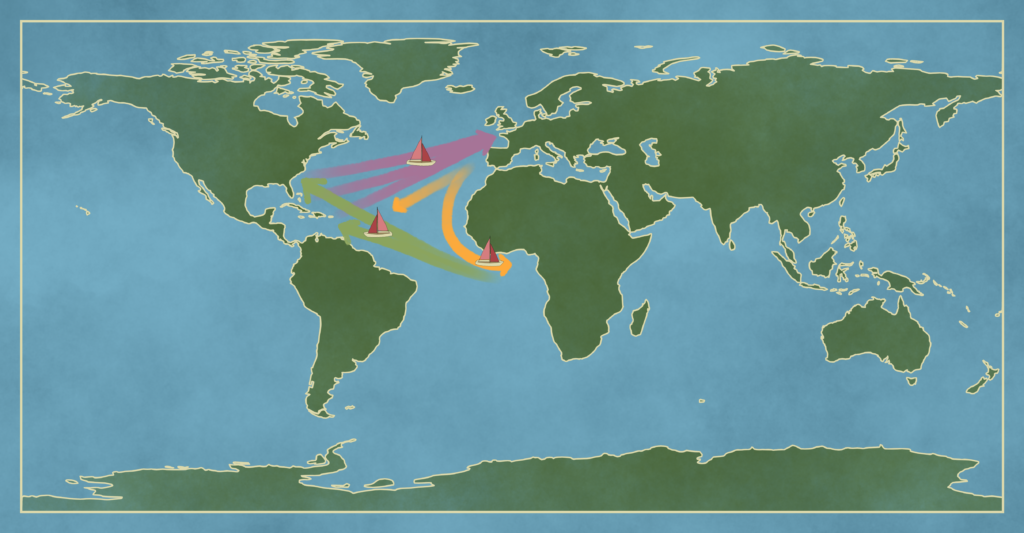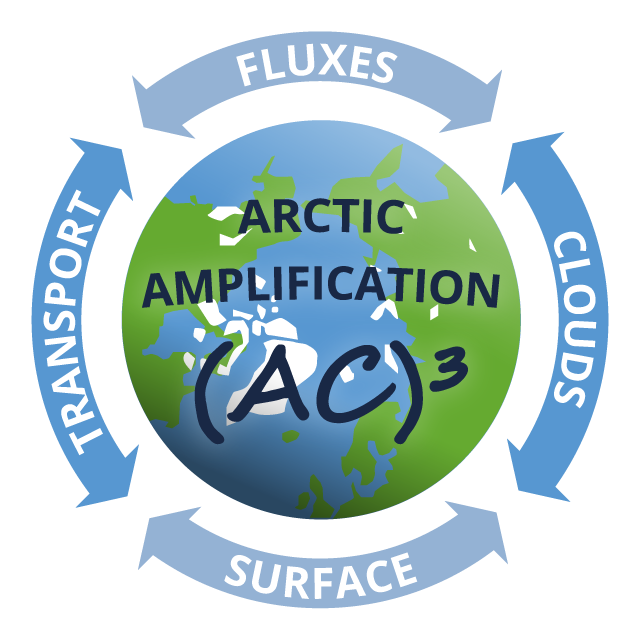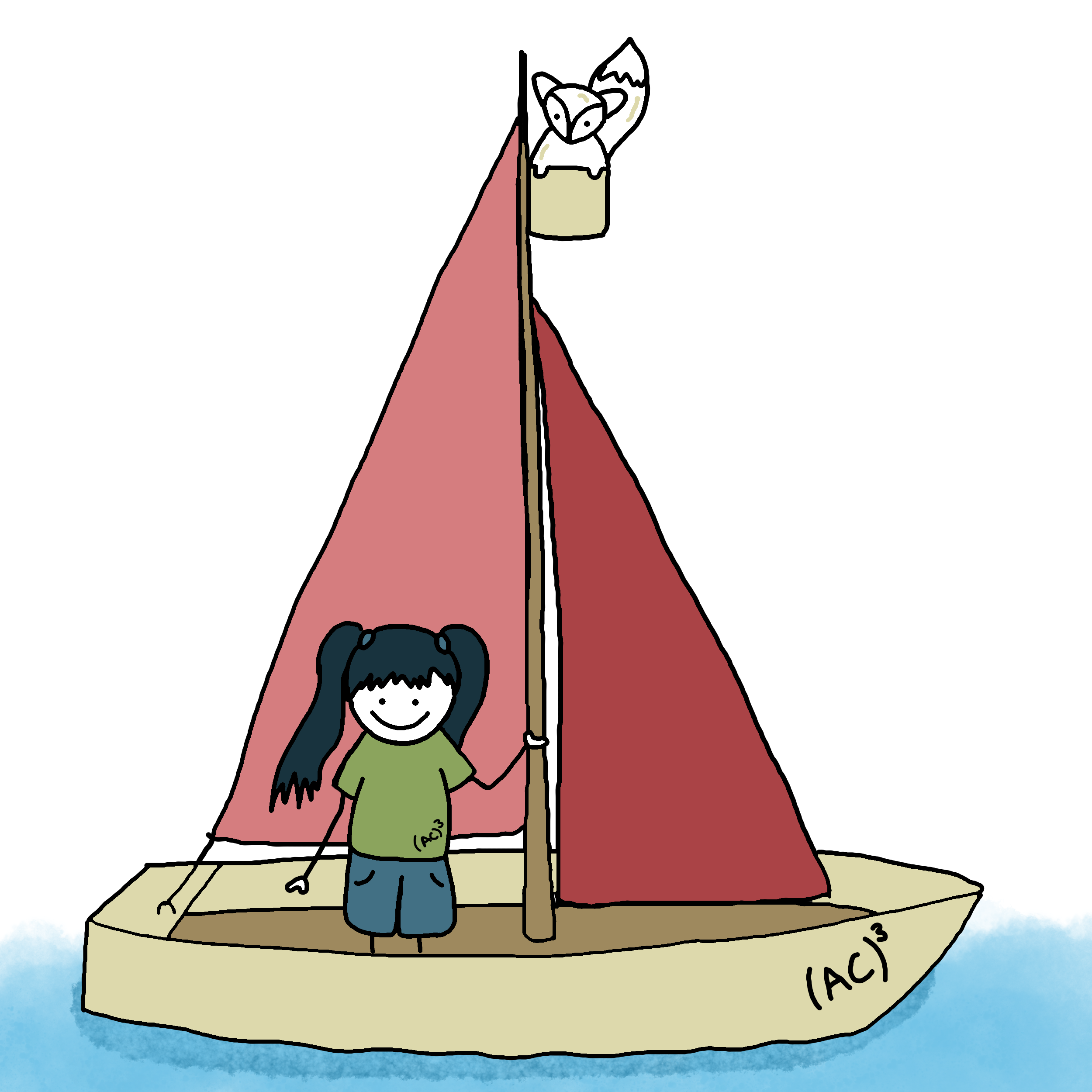What is the fastest way to sail across the Atlantic?
When Mika and I were swimming in the lake today, we watched motorboats speeding across the water. Today, people use motorboats for leisure, but many years ago, boats and ships did not have engines. People had to rely on the power of the wind to cross the seas and reach other continents. Many of the voyages began in Spain or Portugal and led to Central America or Brazil, across the ocean. As we sat there by the lake watching the boats, Kevin came by. He told me stories about some of the famous sailors such as Amerigo Vespucci, Christopher Columbus, and James Cook, and how they crossed the oceans with only the help of the wind.
The voyages they embarked on often lasted weeks or months. However, the provisions on board the ships were only sufficient for a certain amount of time, so the captains had to try to cross the ocean as quickly as possible. And they did so with only the wind as their propulsion and without modern navigation systems or weather forecasts. The captains had to rely on navigating by the stars, as well as on careful observation of the weather and their experience.
Since they only had the wind as their engine, they had to make the most of it. The way ships and sails were built at that time required the wind to blow into the sails from behind. It’s like riding a bike when the wind is blowing right behind you and you can go faster without having to pedal harder.
For sailors, this meant that for their journey from Europe to America, they needed a wind that blew from the east (from Africa) to the west (America). The Portuguese were probably the first to discover which route across the Atlantic was best suited for this, and they noticed this as early as the 15th century. They found that between the equator and about 30° north latitude, there is an almost constant wind that could reliably carry them across the Atlantic. You can imagine this wind as a band of air or a steadily flowing river, but made of air instead of water. The exact position of this river changes throughout the year and is determined by the sun. It is similar to the seasons. One could say that when it is summer in the northern hemisphere, the wind belt is located slightly further north, while in winter it moves closer to the equator.
Once sailors became aware of these winds, they made use of them whenever possible. Since their voyages usually started in Spain or Portugal, they first sailed south to reach the wind belt. They often headed for Africa first. The voyages from Europe to Africa and America were used for brisk trade.
That is why these steady winds are also called “trade winds” in English. In German, they are known as Passat winds.

Text: Kevin Wolf, Illustration: Patrizia Schoch



